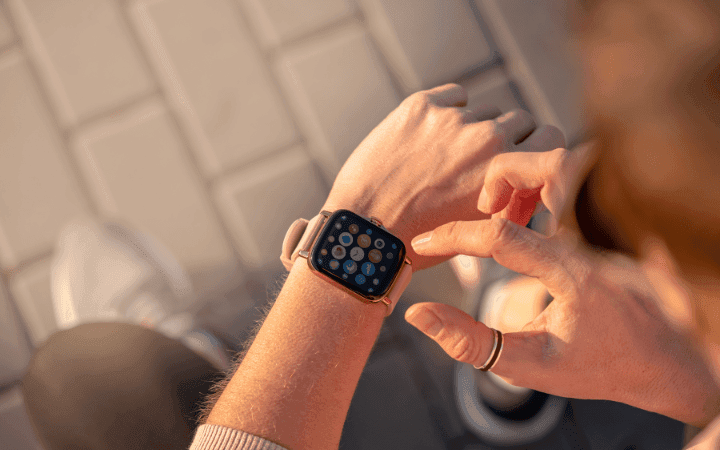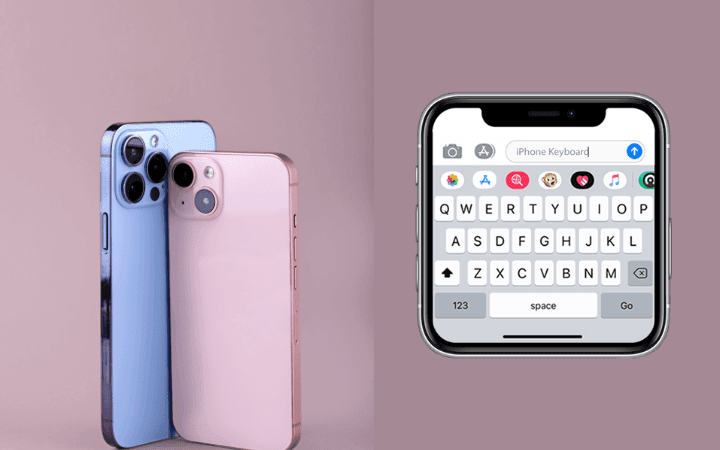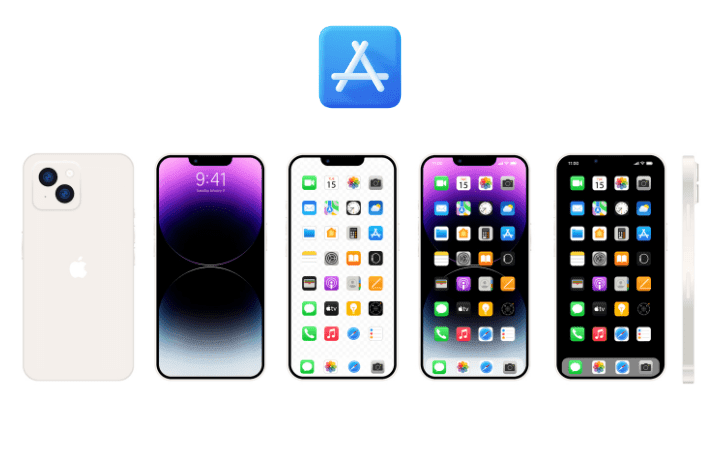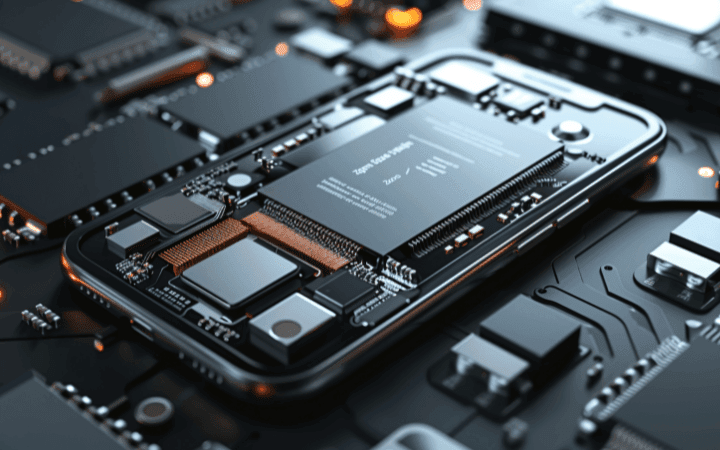Digital Health – 5 Facts About Digitization In Healthcare
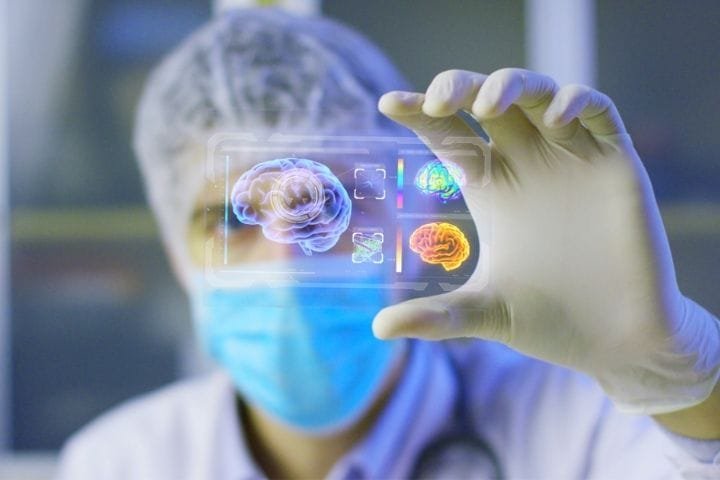
Digitization is inexorably penetrating all areas of life and has long since changed most industries. No wonder then that it is also playing an increasingly important role in healthcare. The keyword is digital health. This article is devoted to various aspects of the topic and provides a rough overview of the present and future of the “digital health system” with five key facts.
Digital Health Is (Not) The Same As E-Health
“digital health” and “e-health” are often used synonymously. That is not fatal, but it is also not entirely correct. In general, e-health mainly refers to digital applications in supply points, i.e., directly in hospitals and medical practices. Digital health goes beyond that and often starts with the user themselves – regardless of whether they are sick or in good health. However, both terms overlap and are difficult to distinguish from one another clearly. The fact is: Both digital health and e-health refer to advanced, digital applications for everything to do with health.
Digital Health Wearables And Apps Are Already Popular Today
If you go looking for health-related apps in the Playstore, you will find more than just what you are looking for. The applications are mainly in wellness and fitness, so they do not deal directly with clinical pictures and treatments but with prevention and the creation of a healthy lifestyle. Pedometers, food diaries, Heart rate monitors, sleep analysis tools, and the like are viral and are used by many people daily. So-called health management apps are comparatively new.
These are equipped with numerous functions. Although they do not make any specific diagnoses, they express assumptions and offer recommendations for action based on the symptoms indicated by the user. A symptom diary is often attached to record the current symptoms daily – all things that make the heart of every hypochondriac beat faster. Doctors are regularly annoyed by patients who start the conversation with “I read on the Internet …” or “My app says …” and keep emphasizing that apps are no substitute for medical advice. But that doesn’t mean that they cannot make a valuable contribution to preventive healthcare. Some applications are supplemented by wearables, such as technology-packed shirts or smartwatches.
How They Work?
The digital helpers, which are worn on the body, use sensors, for example, to determine parameters and sound the alarm if values go outside the normal range. Significant technology and IT corporations have long recognized the digital potential at this point. They are constantly bringing new wearables and apps onto the market, some of which doctors rate and advocate benefits.
For example, intelligent wristbands can detect falls and make automatic emergency calls, making them a practical companion for older adults living alone, like technology-packed shirts or smartwatches. The digital helpers, which are worn on the body, use sensors, for example, to determine bio parameters and sound the alarm if values go outside the normal range. Significant technology and IT corporations have long recognized the digital potential at this point.
What Doctors Are Saying About Them?
They are constantly bringing new wearables and apps onto the market, some of which doctors rate and advocate benefits. For example, intelligent wristbands can detect falls and make automatic emergency calls, making them a practical companion for older adults living alone, like technology-packed shirts or smartwatches. The digital helpers, which are worn on the body, use sensors, for example, to determine parameters and sound the alarm if values go outside the normal range.
Significant technology and IT corporations have long recognized the digital potential at this point. They are constantly bringing new wearables and apps onto the market, some of which doctors rate and advocate benefits. For example, intelligent wristbands can detect falls and make automatic emergency calls, making them a practical companion for older adults living alone. Significant technology and IT corporations have long recognized the digital potential at this point. They are constantly bringing new wearables and apps onto the market, some of which doctors rate and advocate benefits.
For example, intelligent wristbands can detect falls and make automatic emergency calls, making them a practical companion for older adults living alone. Significant technology and IT corporations have long recognized the digital potential at this point. They are constantly bringing new wearables and apps onto the market, some of which doctors rate and advocate benefits. For example, intelligent wristbands can detect falls and make automatic emergency calls, making them a practical companion for older adults living alone.
Telemedicine Simplifies Everyday Life
It is a fact that there is an increasing shortage of doctors, especially in rural areas. Telemedicine could help here. After all, a cold, for example, does not necessarily have to be treated on-site. Consultation hours occur via video chat, the prescription is sent by email, and the medication is delivered directly to your door from the online pharmacy. Such remote diagnoses are already possible via various websites, albeit to a minimal extent and at sometimes horrendous prices. The advantages of telemedicine are just as apparent as their risks.
Germany Lags In An International Digital Health Comparison
A study describes the current state of digitization in the health systems of 17 countries, including 14 EU countries and Israel, Australia, and Canada. The indicators used include the predominant digital strategies, technical readiness, and actual data usage, combined in a digital health index. A network of experts made up of local correspondents who answered around 150 questions on 34 individual indicators was used to collect the data. The result: When it comes to digital health, Estonia, Spain, Israel, Denmark, and Canada are ahead.
Digital Health Is Shaping The Future Of Healthcare
Digital patient files, checking vaccination statuses, and medication plans via app and telemedicine are almost standard in other countries. Progress is also partially blocked by citizens’ personal fear of data security. Finally, health-related data are to be classified as extremely sensitive. Ultimately, however, this fear will probably fade, given the potential of digital applications. Telemedicine, AI-support diagnoses, and digitally supported self-management for the chronically ill make everyday life easier for doctors and patients alike and combat problems such as the shortage of doctors. There are hardly any viable approaches to solving. What exactly the future of healthcare will look like remains to be seen. But one thing is clear: a decisive part of it will be digital.
Also Read: What Is IoT Based Education And How It Is Affecting Education?

